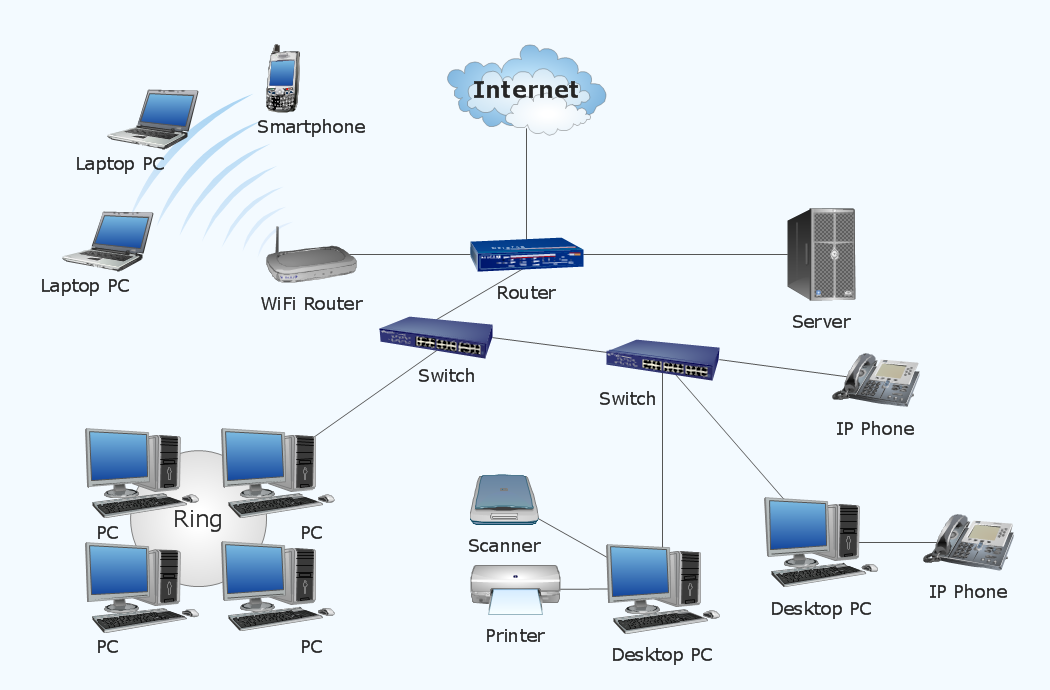Local Area Networks
Local Area Networks
Local Area Networks (LANs) are most often described as privately owned networks that offer reliable high speed communication channels optimized for connecting information processing equipment in a limited geographical area, namely, an office building, complex of buildings, or campus.
A LAN is a form of local (limited-distance), shared packet network for computer communications. LANs interconnect computers and peripherals over a common medium in order that users might share access to host computers, databases, files, applications, and peripherals.
LANs in addition to linking the computer equipment available in a particular premises can also provide a connection to other networks either through a computer, which is attached to both networks, or through a, dedicated device called a gateway. The main users of LANs include business organizations, research and development groups in science and engineering, industry, educational institution. The electronic or paperless office concept is possible with LANs.
LANs offer raw bandwidth of 1 Mbps to 100 Mbps or more, although actual throughput often is much less. LANs are limited to a maximum distance of only a few miles or kilometers, although they may be extended through the use of bridges, routers, and other devices. Data are transmitted in packet format, with packet sizes ranging up to 1500 bytes and more. Mostly, IEEE develops LAN specifications, although ANSI and other standards bodies are also involved.

Local Area Network or PAN
The purpose of LAN (Local Area Network)
– Connecting between computers in a single region / location
– Communication between computers and devices in the network
– Resource Sharing / sharing data and programs
– Saves financing because devices can be shared across a network
